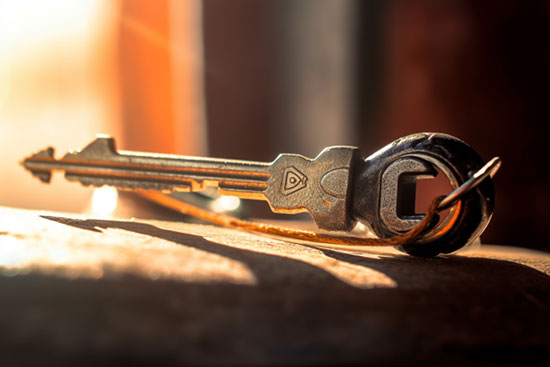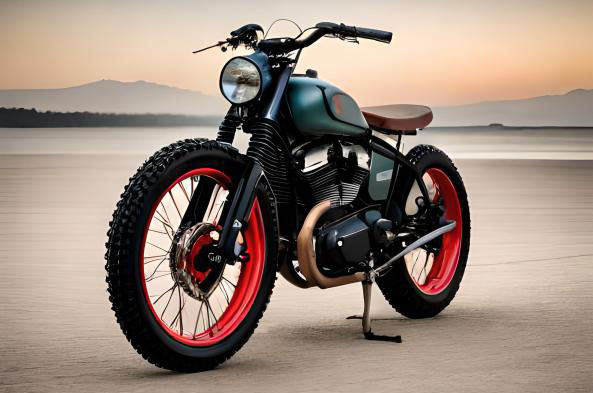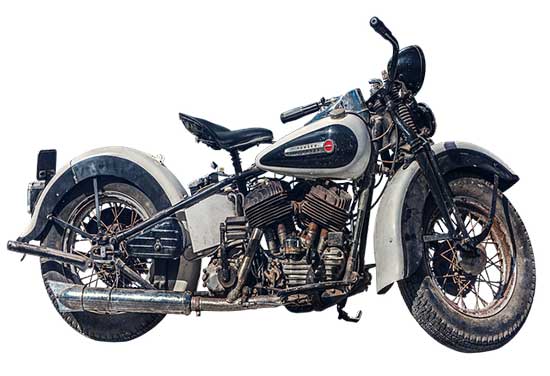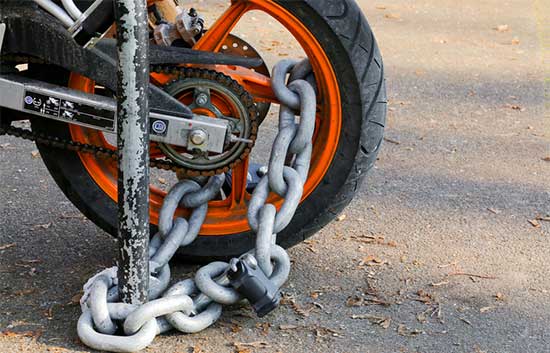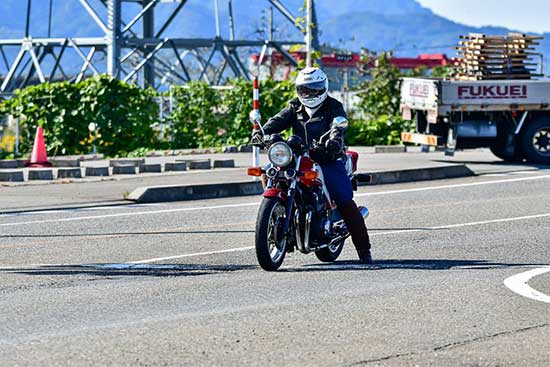Picture this: you’re out on the trail, revving your dirt bike and enjoying the ride, when suddenly you realize your clutch isn’t disengaging.
This can be frustrating and potentially dangerous, so it’s crucial to understand why it’s happening and how to fix it.
Contents
Understanding the Clutch System
Before diving into the causes and fixes, let’s take a moment to understand the clutch system and how it works.
Clutch Components
A dirt bike clutch typically consists of the following parts:
- Clutch lever
- Clutch cable or hydraulic line
- Clutch basket
- Clutch hub
- Clutch plates (friction and steel plates)
- Clutch springs
How the Clutch Works
When you pull the clutch lever, it either pulls the cable or activates the hydraulic system. This, in turn, compresses the clutch springs and disengages the clutch plates.
When the plates are disengaged, they separate, allowing the engine to run without transferring power to the transmission, so you can change gears smoothly.
Common Causes of Clutch Not Disengaging
Now that we understand the basics of the clutch system, let’s look at some common reasons why your dirt bike clutch might not disengage.
Incorrect Clutch Cable Adjustment
An improperly adjusted clutch cable can prevent the clutch from disengaging. If the cable is too tight, it won’t allow the clutch plates to separate properly. On the other hand, a loose cable may not provide enough tension to fully disengage the clutch.
Worn Clutch Plates
Over time, the friction material on the clutch plates can wear down, causing the plates to lose their grip.
This can result in the clutch not disengaging properly, as the worn plates may not separate enough to break the connection between the engine and transmission.
Warped Clutch Plates
Clutch plates can become warped due to excessive heat or improper use. Warped plates can prevent the clutch from disengaging, as they may not separate evenly and completely.
Damaged Clutch Basket
A damaged or notched clutch basket can cause the clutch plates to stick and prevent them from disengaging. The notches can be caused by wear and tear, or by aggressive riding.
Hydraulic Clutch Issues
If your dirt bike has a hydraulic clutch, issues with the hydraulic system can prevent the clutch from disengaging. This could be due to a leak, air in the system, or a faulty master or slave cylinder.
How to Fix a Clutch That’s Not Disengaging
Now that we’ve identified the common causes, let’s look at how to fix a dirt bike clutch that’s not disengaging.
Adjust the Clutch Cable
If your clutch cable is incorrectly adjusted, you can follow these steps to adjust it properly:
- Locate the cable adjuster, usually found near the clutch lever or at the engine case.
- Loosen the lock nut and turn the adjuster to increase or decrease cable tension.
- Adjust the cable until you have the proper amount of free play at the clutch lever (usually about 2-3mm).
- Tighten the lock nut to secure the adjustment.
Replace Clutch Plates
If the clutch plates are worn or warped, you’ll need to replace them. Follow these steps:
- Remove the clutch cover and pressure plate.
- Carefully remove the old clutch plates (friction and steel plates).
- Install the new clutch plates, alternating between friction and steel plates.
- Reinstall the pressure plate and clutch cover.
Inspect and Repair the Clutch Basket
If your clutch basket is damaged, you’ll need to inspect and repair or replace it:
- Remove the clutch cover, pressure plate, and clutch plates.
- Inspect the clutch basket for damage, such as notches or cracks.
- If the basket is notched, you can file the notches smoothly or replace the basket.
- Reassemble the clutch components and reinstall the clutch cover.
Address Hydraulic Clutch Problems
For hydraulic clutch issues, follow these steps:
- Check the hydraulic fluid level and top up if necessary.
- Bleed the hydraulic system to remove air.
- Inspect the master and slave cylinders for leaks or damage and repair or replace if needed.
Conclusion
A dirt bike clutch that’s not disengaging can be caused by several issues, including incorrect cable adjustment, worn or warped clutch plates, a damaged clutch basket, or hydraulic clutch problems.
By identifying the cause and applying the appropriate fix, you can get your clutch working properly again and enjoy a smooth, worry-free ride.

